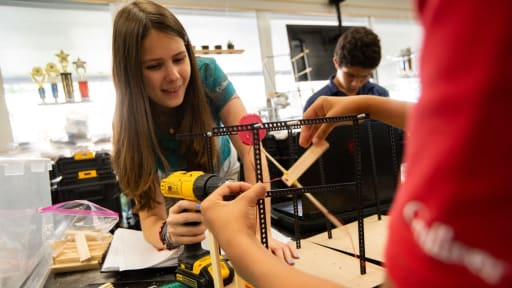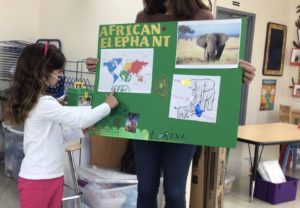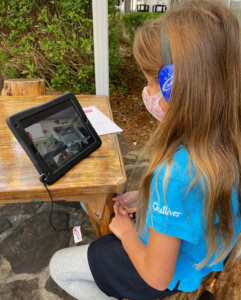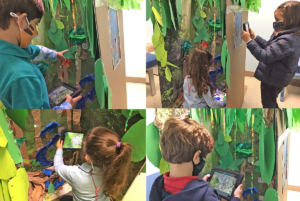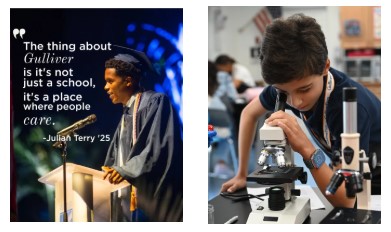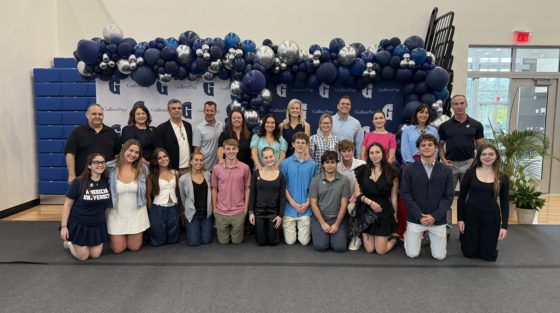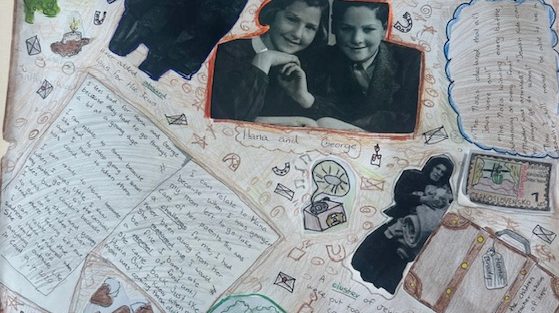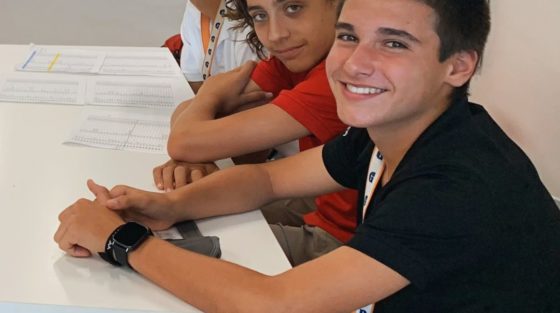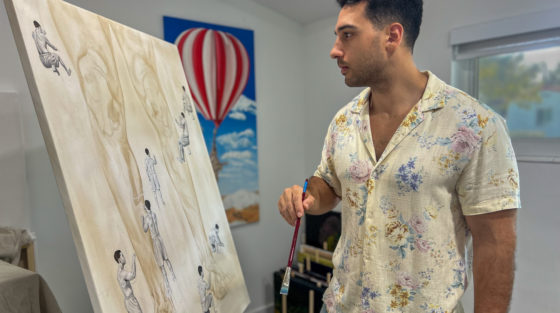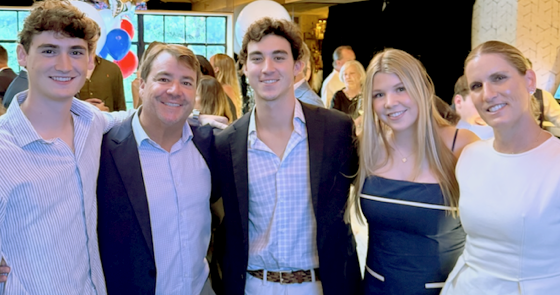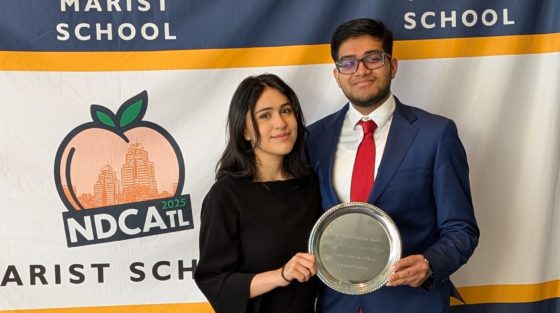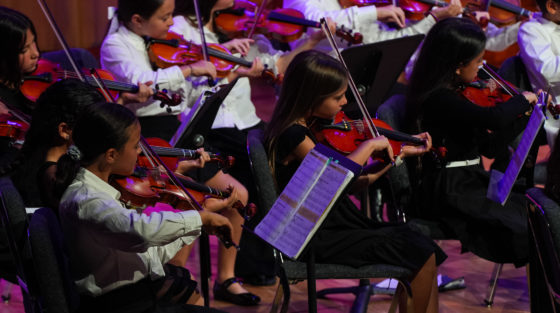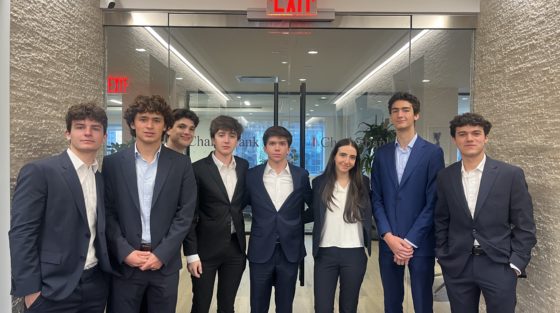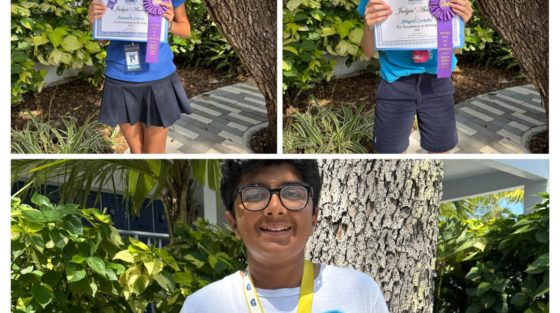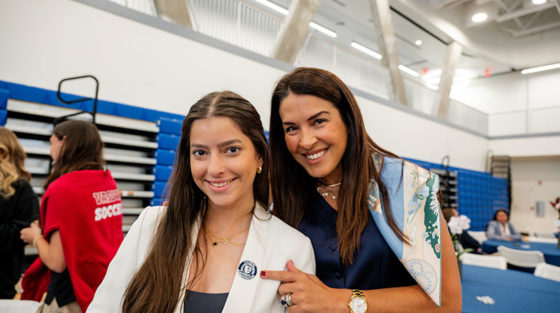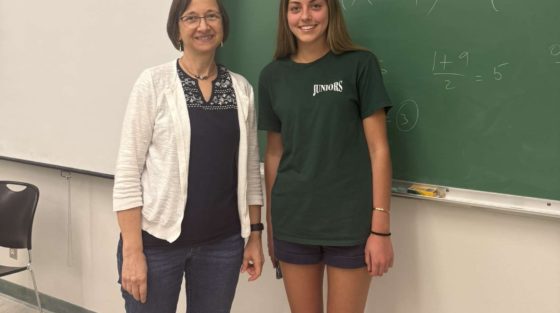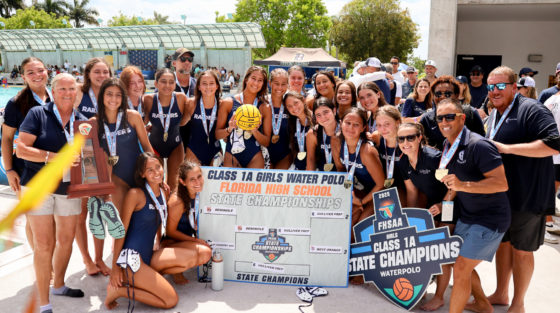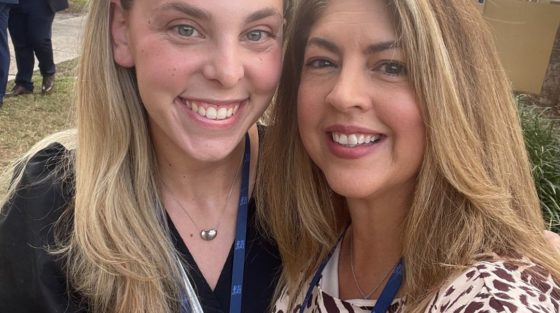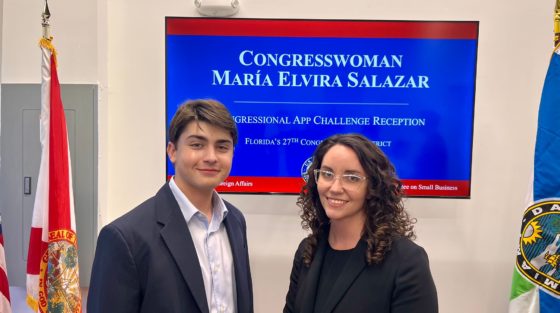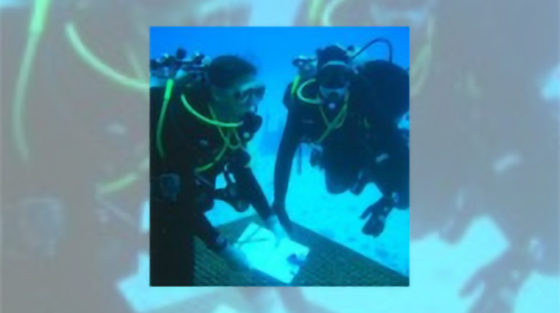
Arctic Animal Extractions in PK
PK students embarked on a mini study on the Arctic, the Eskimos who live there, what they wear every day to survive in cold conditions, and how Arctic animals’ blubber keeps them warm. Students are able to put their math, science, literacy, STEM, and problem solving skills to work during a “cool” lesson, as they test out different ways to extract animals from igloos. One week, they used a hammer and a nail, and the next week, they tried a different method of extraction by utilizing “snow potion” (a combination of vinegar, baking soda, and water). Using scientific inquiry skills, students compared what happens when plain water is used versus the snow potion, and then answer the question, “do you think the snow potion will help you release the animal faster or slower than using the hammer and nail?” Having just learned about tallying, each student tallied their answer on a chart, and explained why they chose faster or slower before witnessing the chemical reaction from the snow potion.
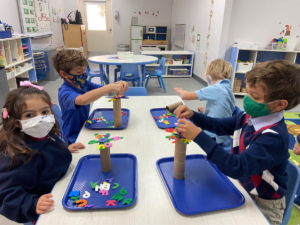 Chicka Chicka Boom Boom Trees
Chicka Chicka Boom Boom Trees
 First Grade Nonfiction Reading Celebration
First Grade Nonfiction Reading Celebration
First grade students celebrated the end of their nonfiction reading unit by sharing nonfiction books aloud with their friends. They didn’t let hard words get in their way, as they thought about keywords in their books, found interesting things to share, read with feeling, and even used drama to bring their reading to life. With in-person and remote learners participating as one grade, the celebration served as a great opportunity for students to connect with each other through reading.
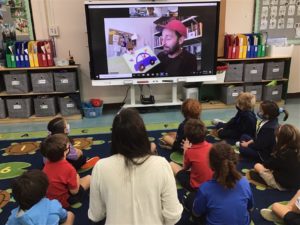
JK Mystery Readers Keep Connection Alive
In light of the pandemic and the changes it has led to from a parent involvement perspective, the JK team has sought out ways to keep families as connected as possible to the classroom environment. Teachers have modified their traditional Parent Reader events by inviting parents and close family members to Zoom into classes weekly as “mystery readers” to read stories to students. The children are always thrilled to see a friend’s family member on the Smartboard, and the stories always lead to meaningful pop-up conversations throughout the day. For the teachers, keeping Parent Reader events alive during the pandemic helps them deepen connections with families, while family members are able to catch a glimpse of the classroom and engage with the students using literature as a vessel.
SK Students Show and Tell About Animals Around the World
SK students completed an Animals Around the World project, learning about continents and the animals that live on each one. Teachers modeled their own research methods and projects before students drew names from a cup to discover what animal they would show and tell. Each child researched their animal at home and created their choice of a poster, book, or digital presentation to share with the class. Students were asked to share what their animals eat, where they live, if they are endangered, what a group of them is called, and any other facts they found interesting. This study on animals will lead SK into their next spring theme, conservation and recycling, which will also connect to a persuasive writing unit as students celebrate Earth Day.
First Grade Wraps Up Nonfiction Writing Unit
On February 5, first graders celebrated the end of their writing unit on nonfiction chapter books. Students worked hard for several weeks learning how to share information with readers, making sure to include a table of contents, introduction, conclusion, and glossary in their books. They learned that there can be different types of writing in nonfiction books, including how-to writing, persuasive writing, and stories, and even used crafty techniques like pop-out words and speech bubbles. Friday’s celebration, held in classrooms via Zoom, gave students a platform to share their success in writing a nonfiction chapter book. Each student made an “expert hat” showing what he or she was an expert in, and everyone had fun reading and sharing their stories with each other.
JK Explores the Amazon Rainforest
As part of the JK Tree Study, Señora Romanach focused her Spanish and science lessons on the wonders of the Amazon Rainforest, building upon students’ connections to the natural world. Students studied the importance of rainforests in our world, their various layers, the plants and animals that thrive in the Amazon, and even helped create their very own Amazon Rainforest diorama by designing leaves to add to the canopy. As they wrapped up their learning in the Tree Study, students had the opportunity to explore the diorama, strengthening their early digital literacy skills by connecting to videos about sloths, cacao trees, anacondas, jaguars, and toucans via QR codes throughout the diorama. It was an Amazon adventure brought to life by the students themselves!
